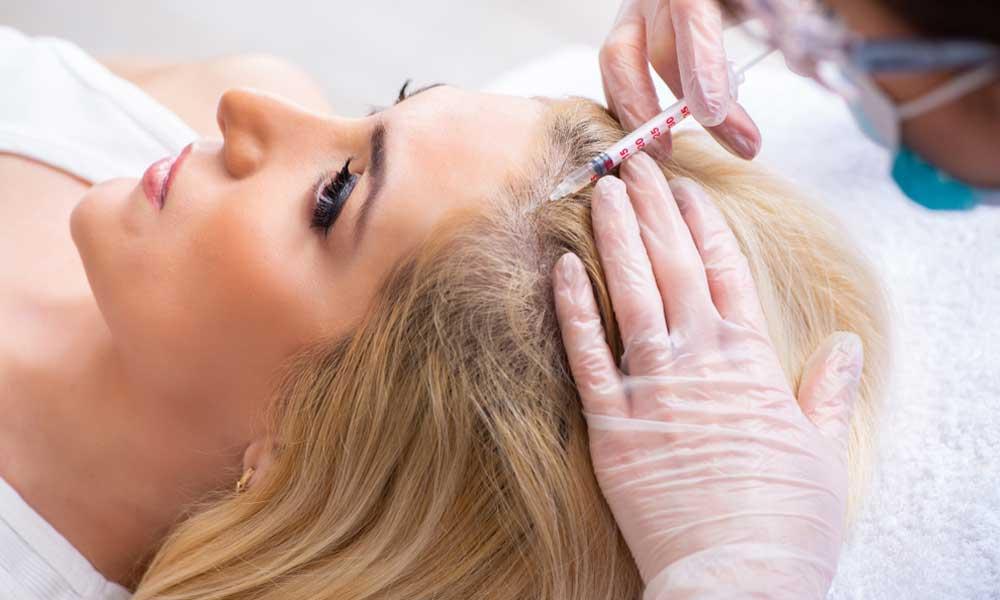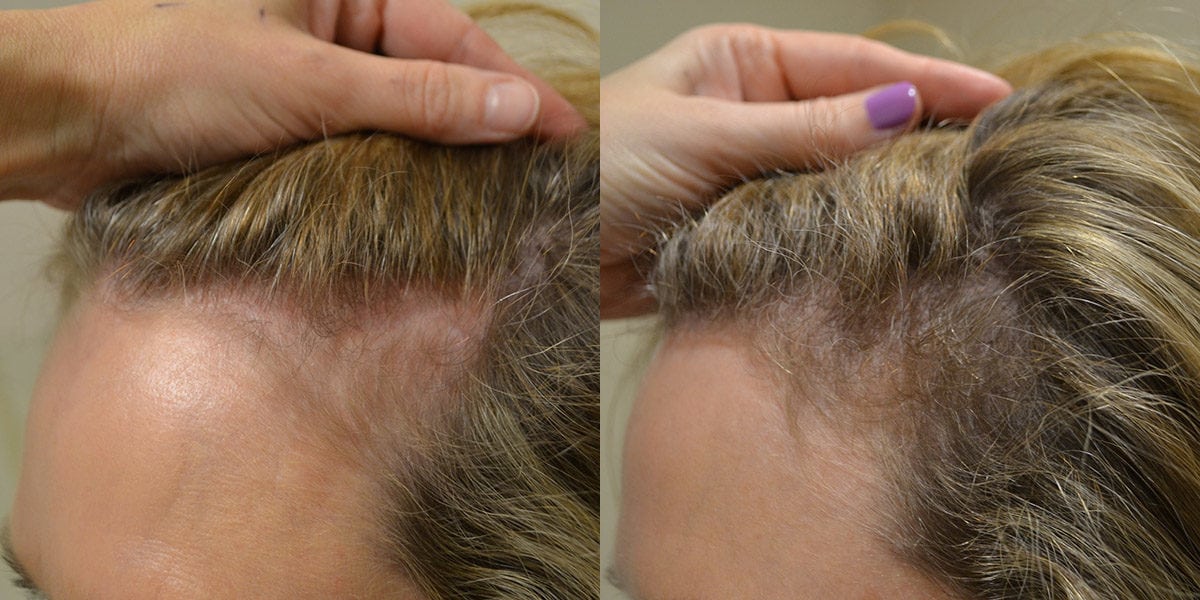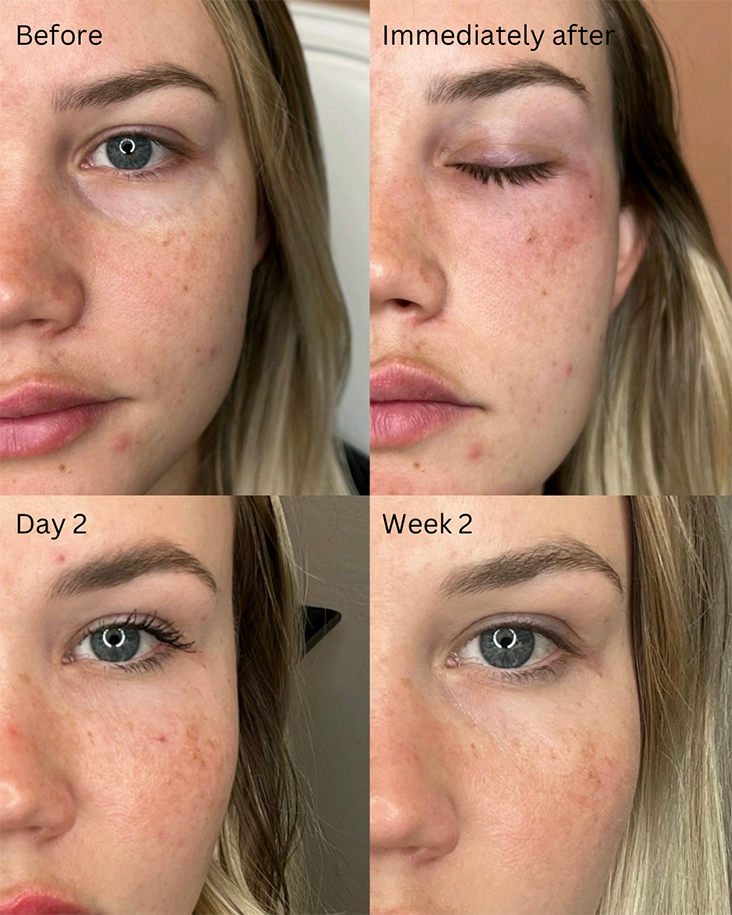


Platelet Rich Plasma (PRP)Injections and Treatments
Platelet–rich plasma (PRP) therapy uses injections of a concentration of a patient’s own blood platelets to enhance hair restoration and other cosmetic and plastic surgery procedures. PRP therapy has been in use since the 1980s to treat other things as well, including healing injured tendons, ligaments, and muscles.
Plasma is the liquid part of your blood that’s mostly made of water and protein. It lets red and white blood cells and platelets move through your bloodstream.
Platelets are a type of blood cell that has several roles to play in the body.
- One is to promote blood clotting so that a person does not excessively bleed when they are cut.
- Another is to contain proteins in the blood that help wounds to heal.
- They also contain growth factors that can trigger cell proliferation, speed healing and stimulate tissue regeneration in the treated area.
To collect platelets and plasma from your body, a doctor draws blood from your arm and uses a machine to separate the platelet-rich plasma from the rest of the blood. This blood by-product is 100% yours.
The area of your body being treated with PRP injections will be numbed. Once you’re numb, the provider uses a needle to inject your platelet rich plasma into the area of your body being treated.
PRP Hair Restoration
PRP therapy for hair restoration is a medical treatment in which a person’s own blood is drawn, processed, and then injected into their scalp to stimulate natural hair growth and maintain it by increasing blood supply to the hair follicle and increasing the thickness of the hair shaft.
Most therapy requires three treatments 4-6 weeks apart.
PRP Facial Injections and PRP Facelift Treatments
Your provider will collect your blood, isolate the platelet rich plasma, then the platelet rich plasma is injected into areas of your face to restore volume, add fullness and correct fine lines and wrinkles
